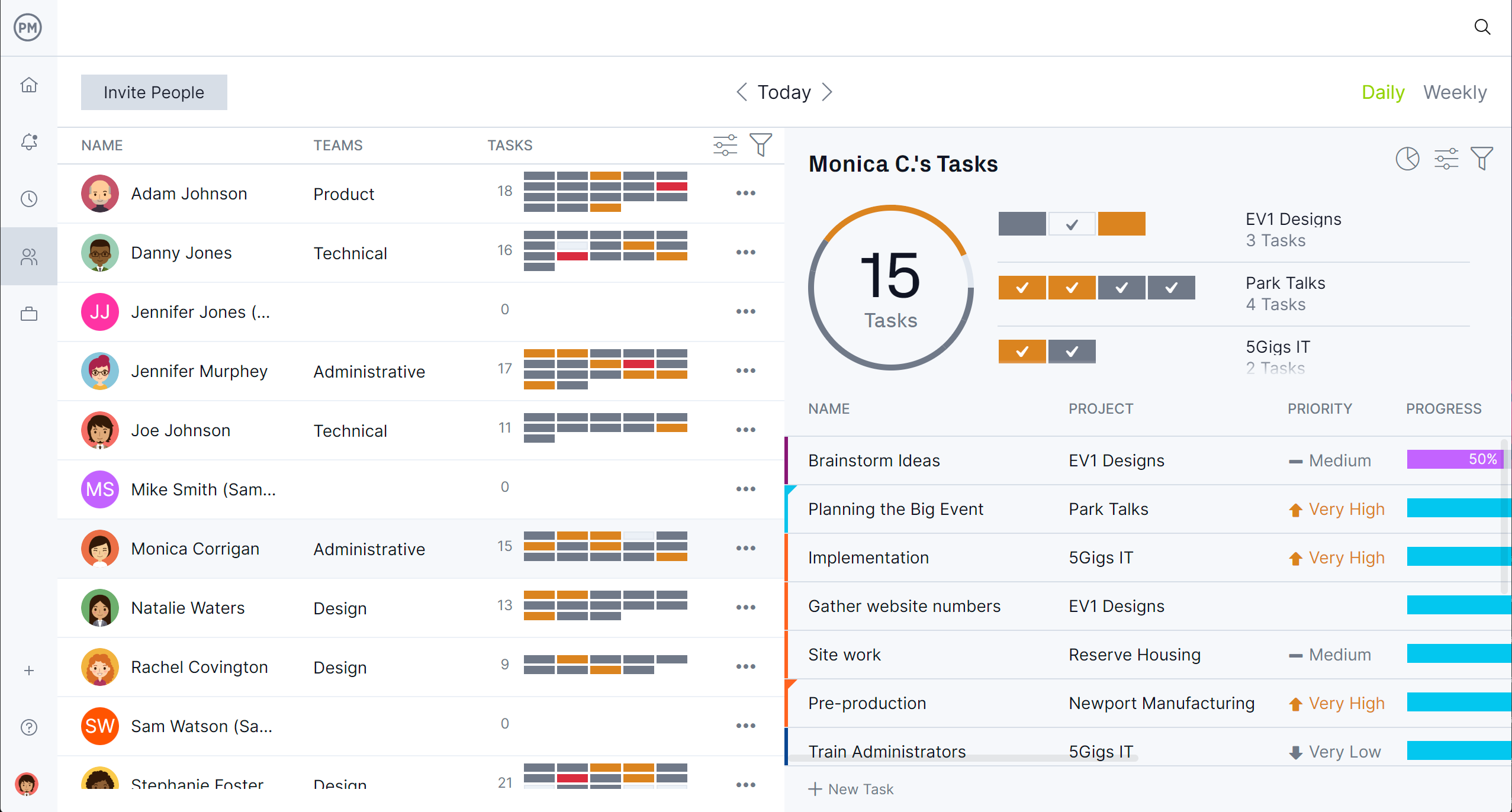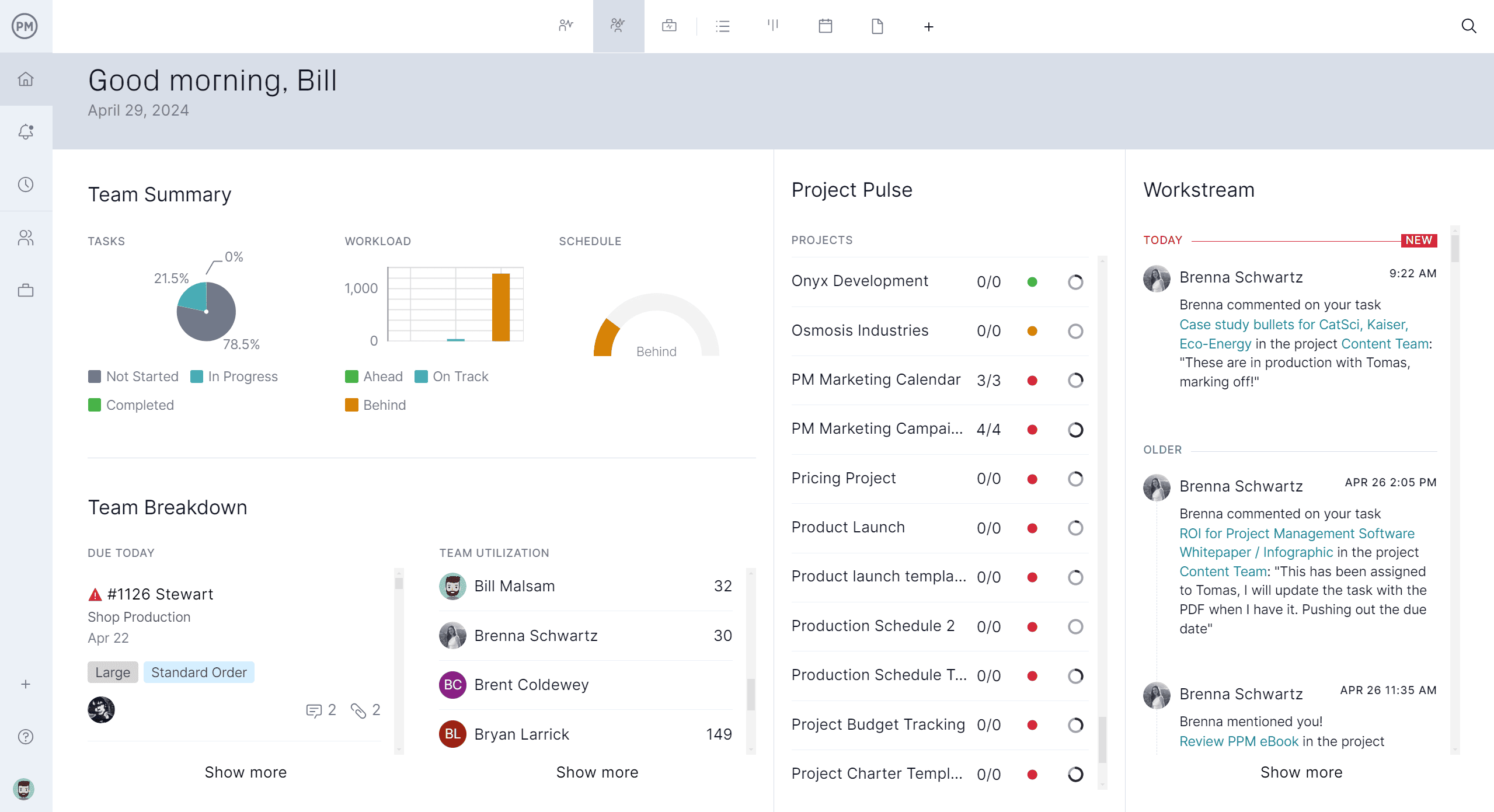Planning and managing construction projects requires a clear, structured approach—and that’s where a construction work breakdown structure becomes essential. A WBS construction tool helps project teams break down complex builds into manageable components, making it easier to estimate costs, allocate resources and track progress. Whether you’re overseeing residential development or large-scale commercial infrastructure, using a work breakdown structure construction model gives you the visibility and control needed to keep projects on time and within budget.
A well-organized WBS for construction project work divides the total scope into defined deliverables and work packages, helping teams coordinate across trades, timelines and dependencies. It improves communication, simplifies scheduling and forms the foundation for more accurate budgeting and resource planning. In this blog, we’ll explore how to create and use a construction work breakdown structure to bring more clarity and efficiency to every phase of your project.
What Is a Construction Work Breakdown Structure?
A construction work breakdown structure (WBS) is a hierarchical breakdown of all the work required to complete a construction project. It organizes the entire scope into manageable sections—starting with major deliverables like site prep, foundation or framing—then breaks them down into subcomponents and work packages. The goal of a WBS construction model is to make the scope more understandable and actionable so that each element can be planned, scheduled and tracked with greater precision. By visualizing the full project in smaller units, teams gain a better understanding of what needs to be done and how different parts fit together.
A work breakdown structure construction framework also improves communication across stakeholders, contractors and field teams by clarifying roles, responsibilities and expectations. It reduces scope creep by clearly outlining what’s included in the project and helps improve estimates for time, cost and resources. For any large build, a WBS for a construction project serves as the foundation for everything that follows—whether you’re managing concrete pours or finishing interior systems—so it’s critical to get it right from the start.
Project management software takes the manual effort out of creating and maintaining a construction work breakdown structure by turning it into a dynamic, collaborative tool. Instead of static spreadsheets or charts, teams can use software to define deliverables, assign work, add timelines and set dependencies—transforming the WBS into a live project plan. This enables real-time updates, centralized communication and better coordination across trades. As construction progresses, the WBS evolves alongside the project, making it easier to adjust for delays or changes in scope while maintaining full visibility.
ProjectManager is award-winning project and portfolio management software that simplifies every aspect of the WBS process with its powerful Gantt chart that includes an integrated WBS construction view. Construction teams can easily break down scope, link dependencies, assign resources and automatically calculate the critical path—all within one visual timeline.
Our software also offers baseline tracking so you can compare your plan to actual performance, helping teams stay accountable and on schedule. All this streamlines planning, enhances collaboration and provides the visibility needed to manage every detail—from foundation to final inspection. Get started with ProjectManager today for free.
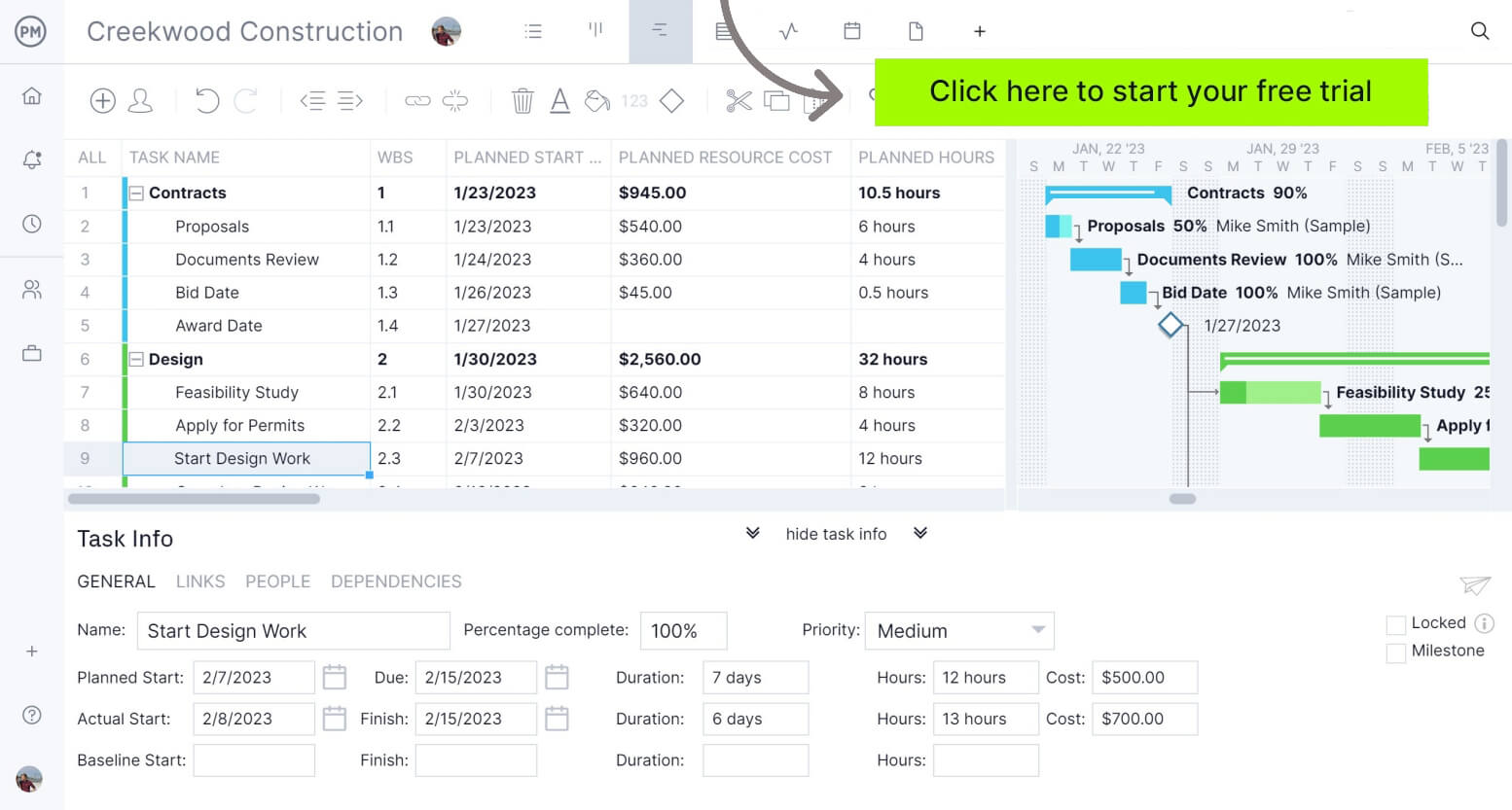

The Importance of a WBS in Construction
The importance of a construction work breakdown structure lies in its ability to bring structure and clarity to a complex, high-stakes environment. Construction projects involve multiple phases, specialized trades, tight schedules and strict budgets. A WBS construction framework breaks the entire scope of work into manageable sections, making it easier to estimate, plan and execute. This breakdown allows project managers and contractors to better understand each component of the build, which improves coordination and reduces the risk of missing key deliverables.
A work breakdown structure construction model ensures that everyone on the team—from architects and engineers to subcontractors and laborers—understands what is expected and when. It enables more accurate cost estimation by assigning budgets to individual work packages and allows for better scheduling since tasks and dependencies are identified. As a result, teams are better prepared to manage timelines, allocate resources and communicate expectations to stakeholders.
A WBS for construction project work also serves as a control mechanism throughout the life of the project. By monitoring the progress of individual work packages, project managers can spot delays, identify bottlenecks and take corrective action before they impact the schedule or budget. It becomes a reference point for tracking scope changes and ensures accountability by linking each portion of the work to a responsible party. In essence, a construction work breakdown structure turns a large, complex effort into a clear and actionable plan that supports better execution, oversight and results.
Related: 18 Best Construction Scheduling Software of 2025
When to Make a WBS in a Construction Project
A construction work breakdown structure should be created early in the planning phase of a construction project—ideally right after the project scope, objectives and requirements have been defined. This timing ensures that the WBS construction is based on a clear understanding of what the project is expected to deliver and serves as the foundation for budgeting, scheduling and resource planning.
Developing the work breakdown structure construction model before execution begins allows stakeholders to identify all necessary deliverables, assign responsibilities and set realistic timelines. It’s also critical when preparing bids, estimating costs or coordinating subcontractors. By building the WBS for construction project work upfront, teams reduce the risk of scope gaps, miscommunication and delays during construction.
Who Makes a WBS in a Construction Project?
A construction work breakdown structure is typically created by the project manager in collaboration with key stakeholders such as architects, engineers, general contractors and sometimes the client. The WBS construction process relies on input from various team members to ensure that all phases of the project—design, permitting, site work, construction and finishing—are accurately represented.
While the project manager often leads the effort, building a complete and effective work breakdown structure construction model requires contributions from those with technical knowledge of each discipline involved. For example, structural engineers might help define foundation tasks, while subcontractors can clarify labor and material requirements. In larger projects, creating the WBS for construction projects may also involve schedulers or cost estimators to ensure alignment with timelines and budgets. Collaboration ensures that the WBS is both comprehensive and practical for execution.
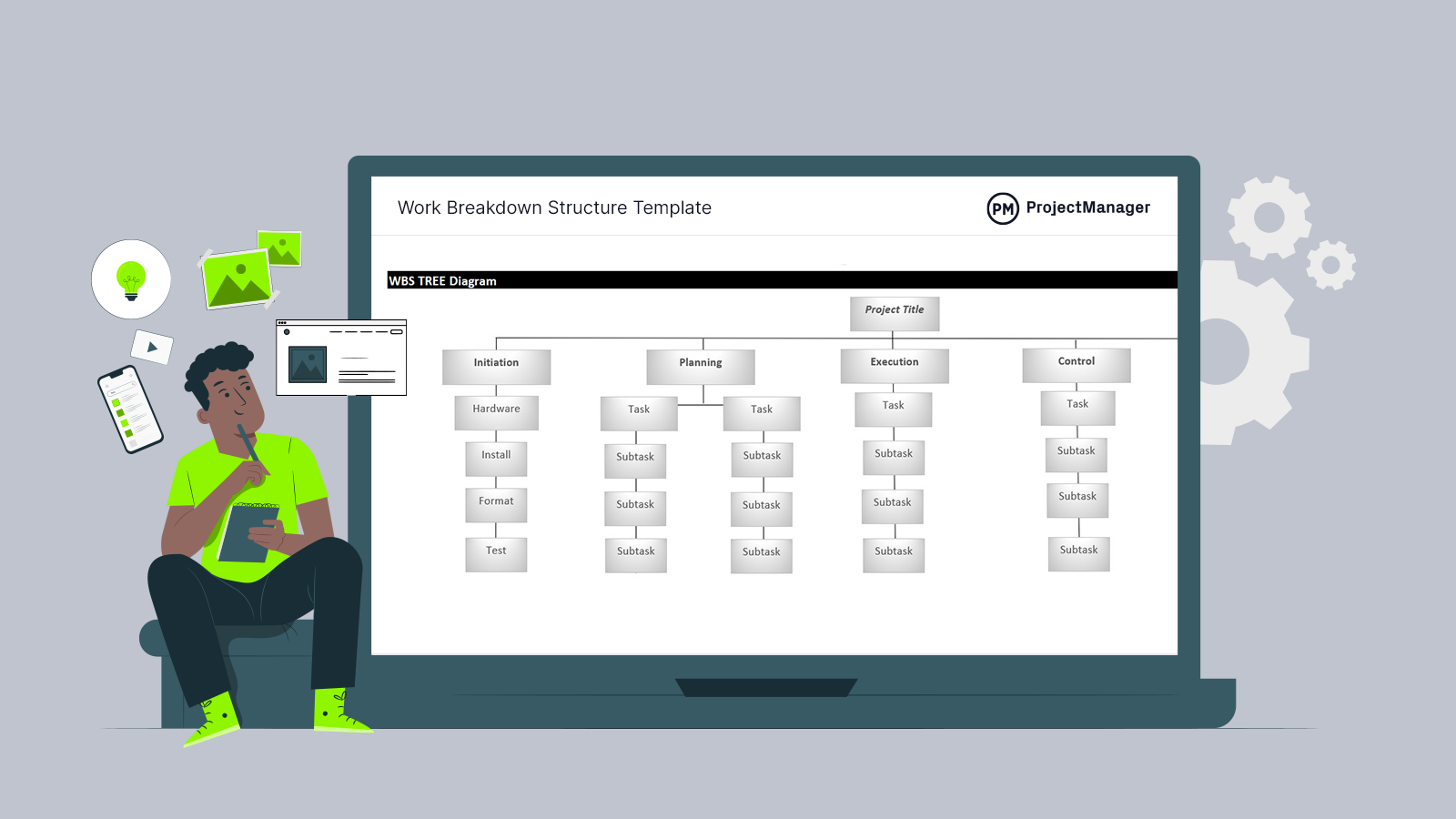

Get your free
Work Breakdown Structure Template
Use this free Work Breakdown Structure Template to manage your projects better.
How to Use a Work Breakdown Structure in Construction
Using a construction work breakdown structure is essential for organizing and executing a successful build. Once your WBS construction is created, the next step is knowing how to apply it effectively throughout the project lifecycle. A work breakdown structure construction plan doesn’t just outline tasks—it becomes the foundation for your construction schedule, resource planning, cost estimation and performance tracking. To get the most out of your WBS for construction projects, follow these key steps to integrate it into your planning and management processes.
1. Define the Project Scope in a Scope of Work Document
Start by clearly outlining the full scope of the construction project in a detailed scope of work document. This ensures alignment between all parties and sets the groundwork for breaking the project into manageable parts.
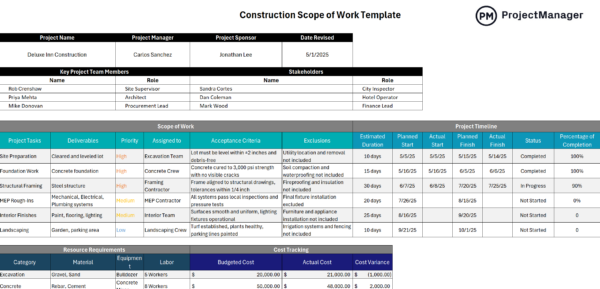

2. Identify Project Deliverables
List all major deliverables such as site preparation, foundation, framing, electrical and plumbing. These high-level outcomes form the top tier of your construction work breakdown structure.
3. Break Down Deliverables into Sub-Deliverables
Decompose each deliverable into smaller, more specific sub-deliverables. For example, “foundation” might include excavation, rebar placement and concrete pouring.
4. Break Down Sub-Deliverables into Work Packages
Continue breaking down each sub-deliverable until you reach work packages—actionable units of work that can be scheduled, assigned and tracked.
5. Validate the Construction WBS with Stakeholders
Share the WBS with project stakeholders, including clients, contractors and engineers, to ensure completeness and accuracy. This helps catch scope gaps and confirms everyone is aligned.
6. Create a Construction Schedule Based on the WBS
Use the work packages from your WBS to build out your project schedule. Assign start and end dates, set task dependencies and develop your critical path using scheduling tools.
7. Assign Tasks and Allocate Resources
Match each work package to the appropriate team or subcontractor. Assign labor, equipment and materials to ensure the resources needed to complete the work are clearly defined.
8. Monitor Project Progress and Compare Against the WBS
Track the progress of each work package as construction advances. Compare actual progress to your WBS to identify variances, manage risks and keep the project on time and within scope.
Construction Work Breakdown Structure Template
Download this free construction work breakdown structure template to organize the full scope of a construction project into a clear hierarchy of deliverables, sub-deliverables and work packages. It provides a visual and structural guide for breaking down complex construction work into manageable parts, helping teams plan, estimate and assign responsibilities more effectively.
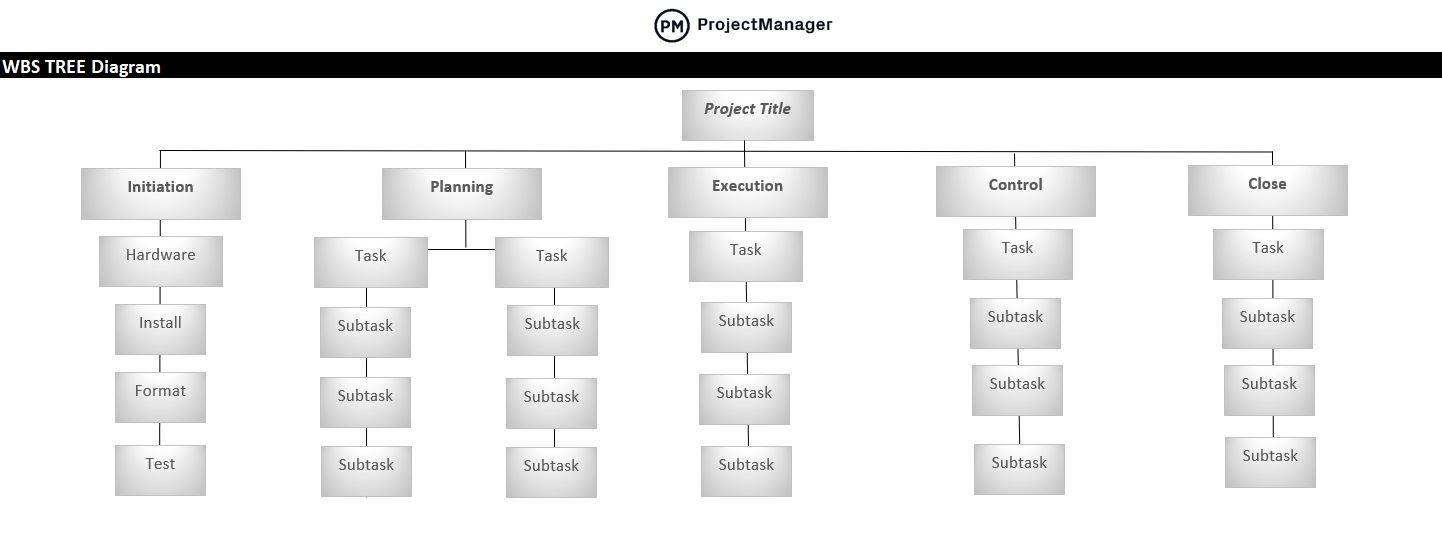

This type of template is especially useful for project managers, contractors and planners who need to develop a WBS for construction project work that aligns with industry standards. Using a WBS construction template ensures consistency and reduces the time needed to create the structure from scratch, whether for residential, commercial or infrastructure builds.
Related Construction Project Management Templates
The WBS construction template is only one of the over 100 free project management templates for Excel and Word that can be immediately downloaded from our site. While project management software is always preferable, these templates can help manage construction projects for those not ready to upgrade.
Gantt Chart Template
Download this free Gantt chart template to help plan, schedule and track construction project tasks along a visual timeline. It includes columns for task names, start and end dates and durations, with horizontal bars showing when each task occurs. Gantt chart templates make it easier to organize work, assign resources and monitor progress without building a chart from scratch.
Task Tracker Dashboard
Use this free task tracker dashboard to help teams monitor progress, identify delays and stay organized. It includes key metrics like task completion, deadlines, priority levels and more—all presented in charts, lists or widgets for quick insights. A task tracker dashboard centralizes information so stakeholders can instantly see what’s on track, what’s overdue and what needs attention, making it easier to manage workloads and keep projects moving forward efficiently.
Construction Scope of Work Template
This free construction scope of work template helps to outline the specific tasks, deliverables, timelines and responsibilities involved in a construction project. It is used to define exactly what work will be performed, who will do it and under what conditions, reducing confusion and preventing scope creep. This template ensures all stakeholders have a clear understanding of the project’s scope before work begins, supporting better planning, communication and contract management.
How to Make a WBS for Construction With ProjectManager
Creating a work breakdown structure for construction projects with ProjectManager is far more effective than relying on static templates. Unlike basic templates, we offer multiple project views that make building a detailed construction work breakdown structure intuitive and dynamic.
These views allow project managers to visualize tasks in lists, boards or Gantt charts, helping break down complex construction phases into manageable components. By toggling between views, you can ensure each element of the wbs construction is logically organized and linked to project milestones, giving a clearer roadmap from start to finish.
See Who’s Available and Balance Workloads
Resource management is crucial when developing a construction work breakdown structure, and our tools provide a significant advantage. The availability feature allows you to see when team members are free, while color-coded workload charts help balance assignments across your crew. This prevents overallocation and keeps work flowing smoothly. Additionally, the team page centralizes workforce management by showing who is working on what, ensuring the WBS for construction projects aligns with real resource capacity, reducing delays and boosting efficiency.
Track Progress and More in Real Time
Tracking progress on your WBS construction is seamless with our real-time project and portfolio dashboards. These dashboards provide instant insight into task completion, budget status and resource utilization, making it easy to spot potential bottlenecks early.
Customizable reports allow you to tailor updates for stakeholders or team members, maintaining transparency throughout the project. Secure timesheets feed accurate labor data into the system so your work breakdown structure construction remains aligned with actual work done, enabling better decision-making and on-time project delivery.
Related Construction Project Management Content
A WBS construction tool is essential for planning, but that’s only part of managing a project. For those who care to learn more about construction project management, check out the links below. They lead to recent blogs on construction methods, techniques, documents, processes and more.
ProjectManager is online project and portfolio management software that connects teams whether they’re in the office or on the job site. They can share files, comment at the task level and stay updated with email and in-app notifications. Join teams at Avis, Nestle and Siemens who are using our software to deliver successful projects. Get started with ProjectManager today for free.



